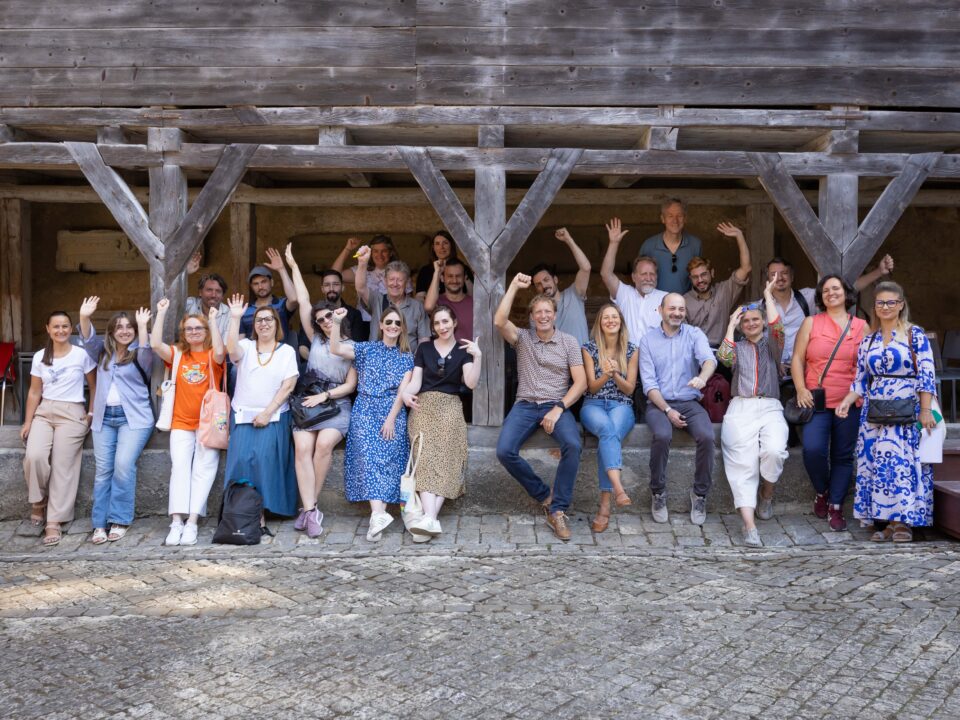

How to foster collaboration among multiple cultural organisations
Within the historic urban area (HUA) of the Werkspoorkwartier in Utrecht and across the city at large, there is a widely perceived need for the development of governance models that can be used to implement in old and new cultural hubs to ensure long-term fruitful collaborations of multiple cultural organisations. In the HUA there are several plans for new cultural hubs. However, the municipality is encountering governance issues regarding the way tenants collaborate in existing buildings. What is the role of the main tenant? How to create a financially sustainable business model for the hub as a whole?
Hence, through the case study Reorganization of DOMUS project, we aim to gain insights into the effective governance of cultural hubs and develop a template governance structure/DIY toolkit that can be applied in these existing and future hubs. Throughout this process, we incorporated insights from the HUB-IN process and other cultural hubs within the HUA (as well as in Utrecht in general). The project was designed as a feedback loop, exchanging insights on good governance between various hubs in the city.
Let’s see the key findings of Utrecht’s HUB-IN action 4: Develop blueprints for widely applicable governance innovators structures for hubs in the HUA and Utrecht in general.
Lessons from the DOMUS Project
By drawing insights from the Reorganization of DOMUS project, conducted between March and September 2023, we distill key recommendations for municipalities seeking to promote collaboration among diverse cultural organizations. Additionally, this compilation provides essential do’s and don’ts for cultural organizations currently engaged or considering involvement in collaborative endeavours.
- In the contemporary landscape, municipalities serve as coordinators, actively participating in collaborative policymaking with both internal and external stakeholders. The effectiveness of this approach hinges on the engagement of robust, knowledgeable external partners attuned to the nature and scope of the task at hand. Failing to meet this criterion may result in opportunistic or risk-averse behaviour, posing a threat to collective interests.
- The process of crafting policies entails establishing goals, allocating necessary resources, and defining a coherent timeline. The feasibility of a goal relies on the seamless interconnection of these elements. Inadequate alignment, such as misalignment of financial resources and timelines, can render a task unachievable for intended collaborators.
- Initiating transformative endeavours requires appointing a project manager tasked with steering the process. However, success requires decision-making authority. If a project manager lacks control this compromises the effectiveness of the initiative in addressing underlying issues.
- Governance encompasses structures and processes for managing responsibilities within an organization. Designing an appropriate governance structure aligned with goals, collaboration, and organization is crucial. A lack thereof can lead to conflicts of interest and neglect of responsibilities, diminishing organizational effectiveness. Adherence to the Code of Governance Culture supports cultural organizations in establishing effective governance.
- All involved parties should approach complex collaborations with patience and meticulousness. Hasty decisions can lead to issues surfacing later in the process. Collaboration involves pursuing a common goal through resource deployment by involved parties. Trust, a clear governance structure, and aligned goals and expectations are fundamental for successful collaboration.
- Establishing a solid foundation through a feasibility study is vital to ensure that task frameworks are adequately defined. The absence of such a study led to an organizational impasse due to insufficient resources. Transparent communication and a well-organized administrative structure are prerequisites for successfully executing complex tasks.
This compilation of Lessons Learned serves as a first guide for municipalities and cultural organizations navigating the complexities of collaborative ventures. By drawing insights from these experiences, future initiatives can be better positioned for success.
Click here to learn more on Utrecht’s HUB-IN Action Plan!




